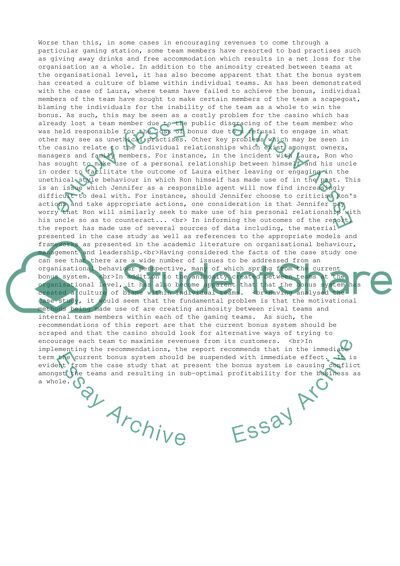Cite this document
(“Business Management and Organizational Behaviour Case Study”, n.d.)
Retrieved from https://studentshare.org/management/1436134-business-management-ob-issues-problemsmanagementob
Retrieved from https://studentshare.org/management/1436134-business-management-ob-issues-problemsmanagementob
(Business Management and Organizational Behaviour Case Study)
https://studentshare.org/management/1436134-business-management-ob-issues-problemsmanagementob.
https://studentshare.org/management/1436134-business-management-ob-issues-problemsmanagementob.
“Business Management and Organizational Behaviour Case Study”, n.d. https://studentshare.org/management/1436134-business-management-ob-issues-problemsmanagementob.


